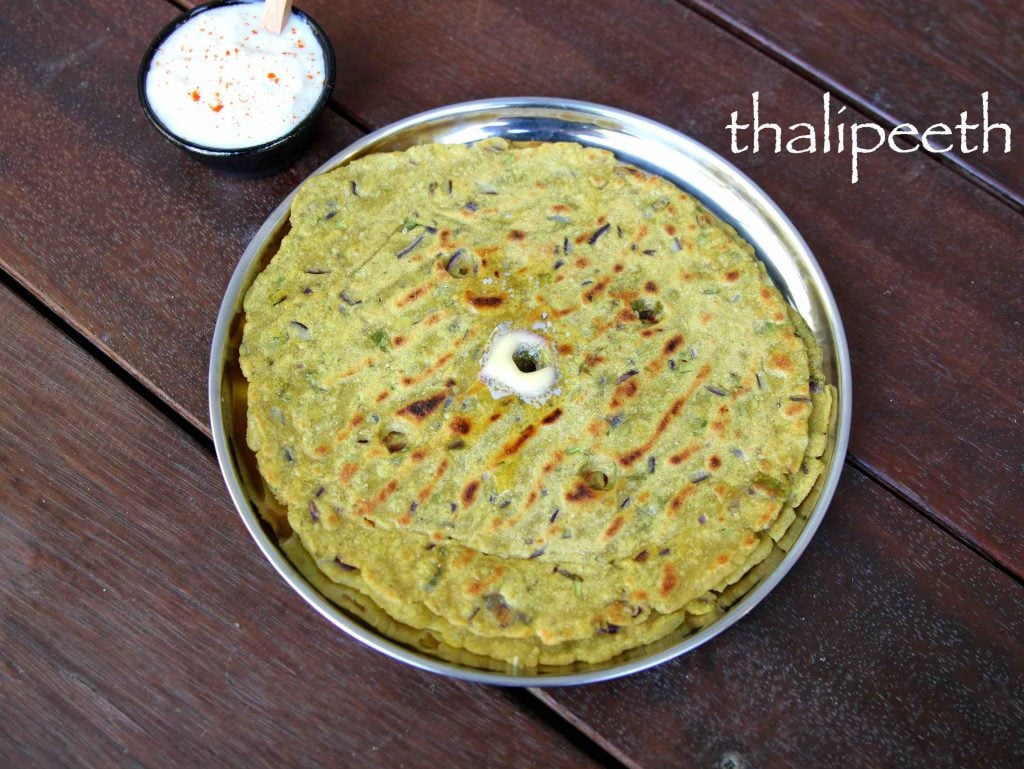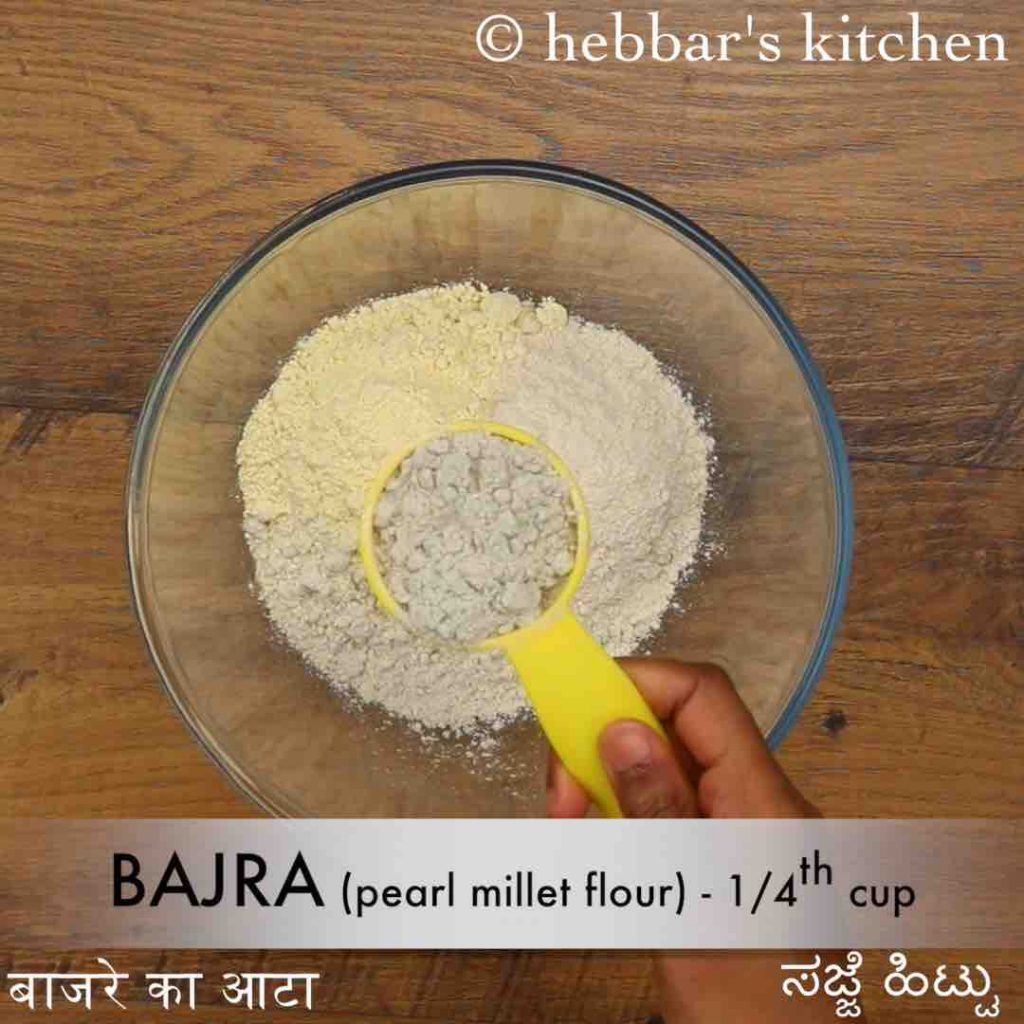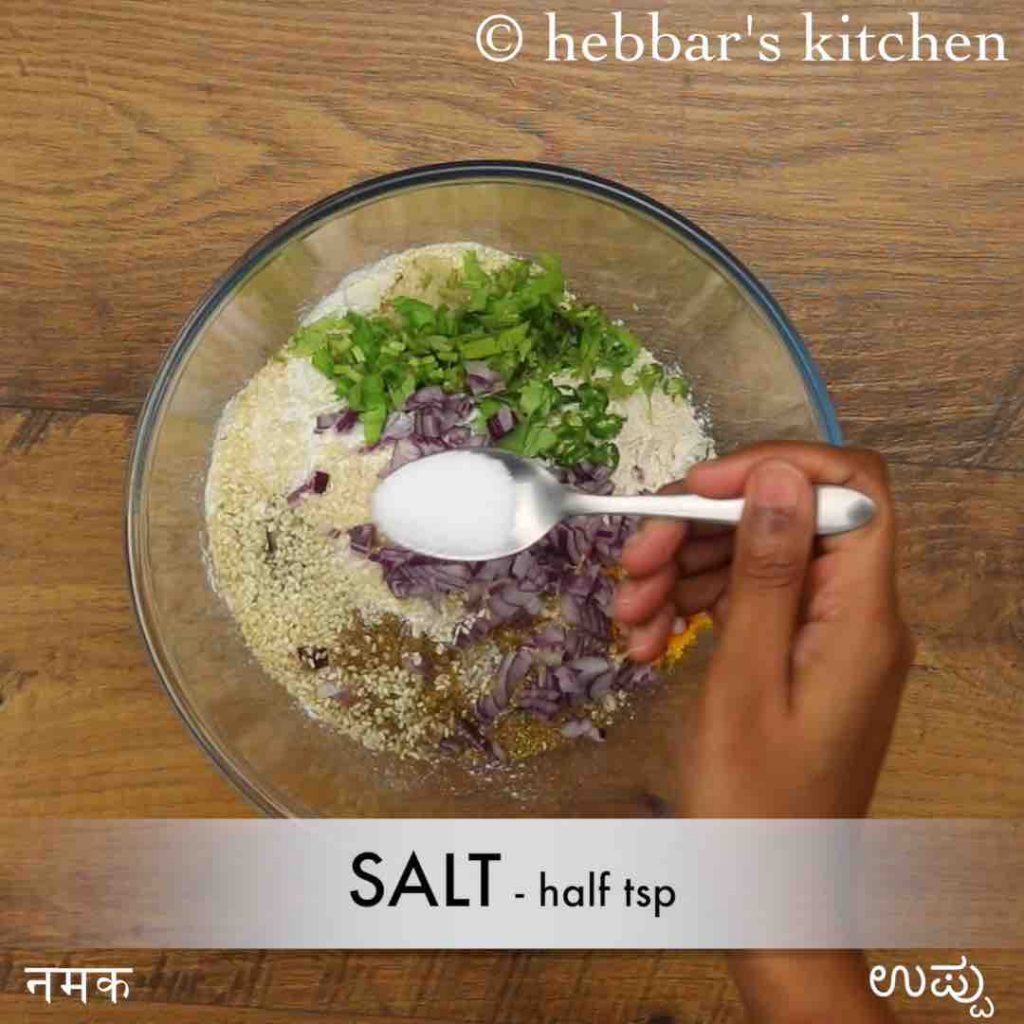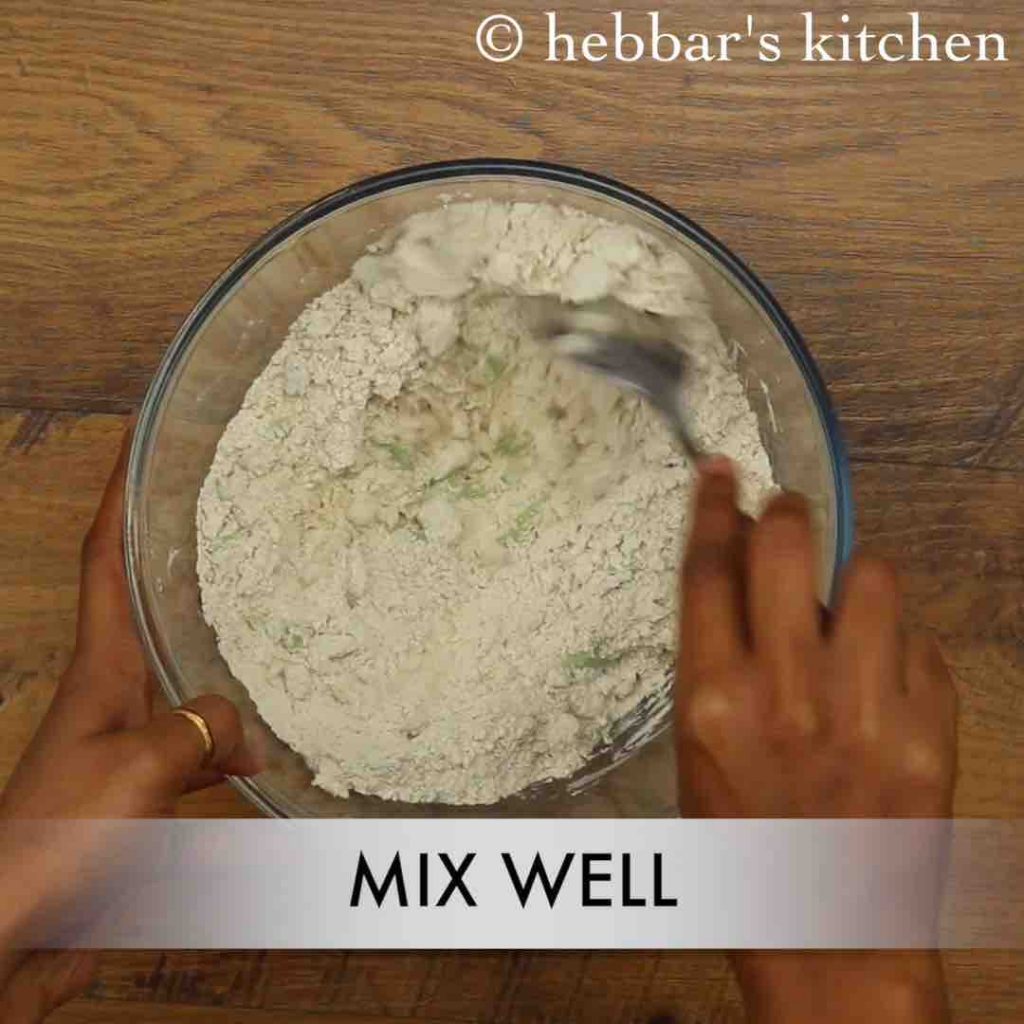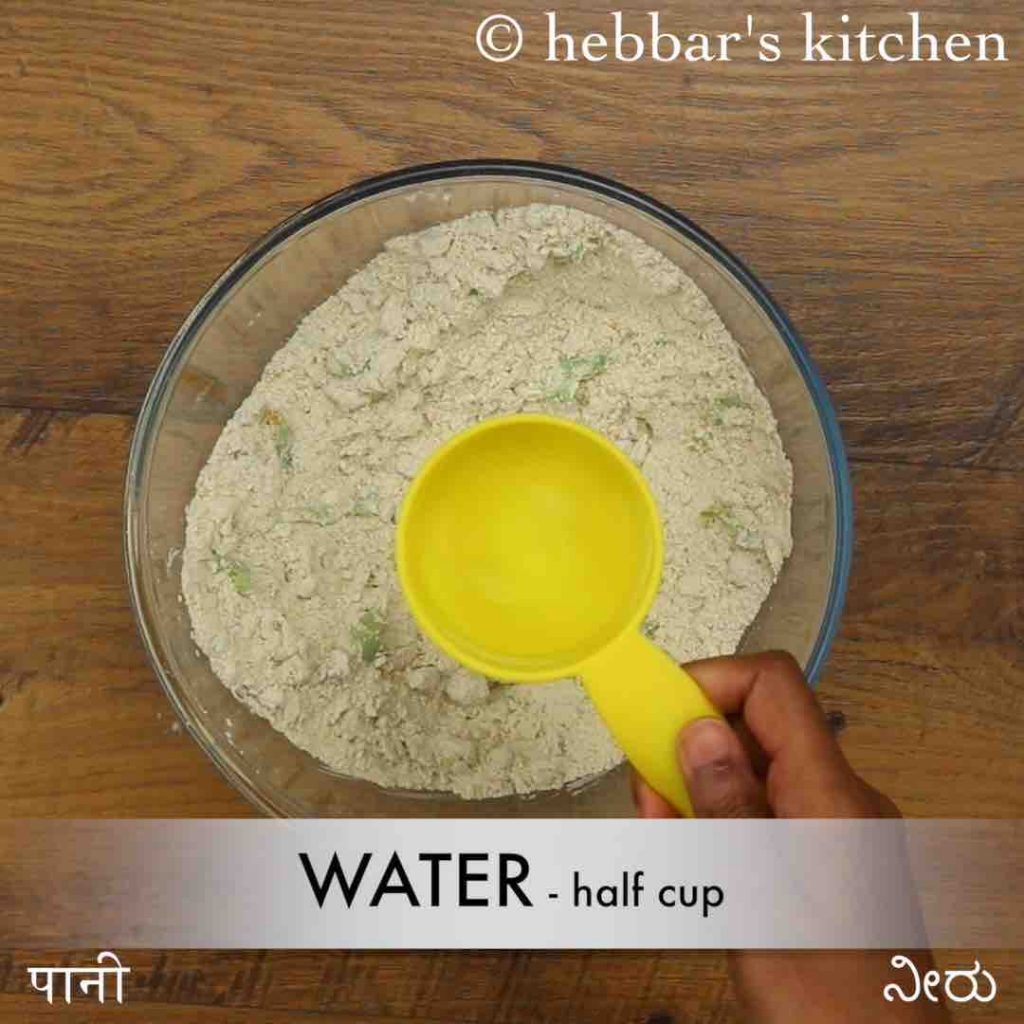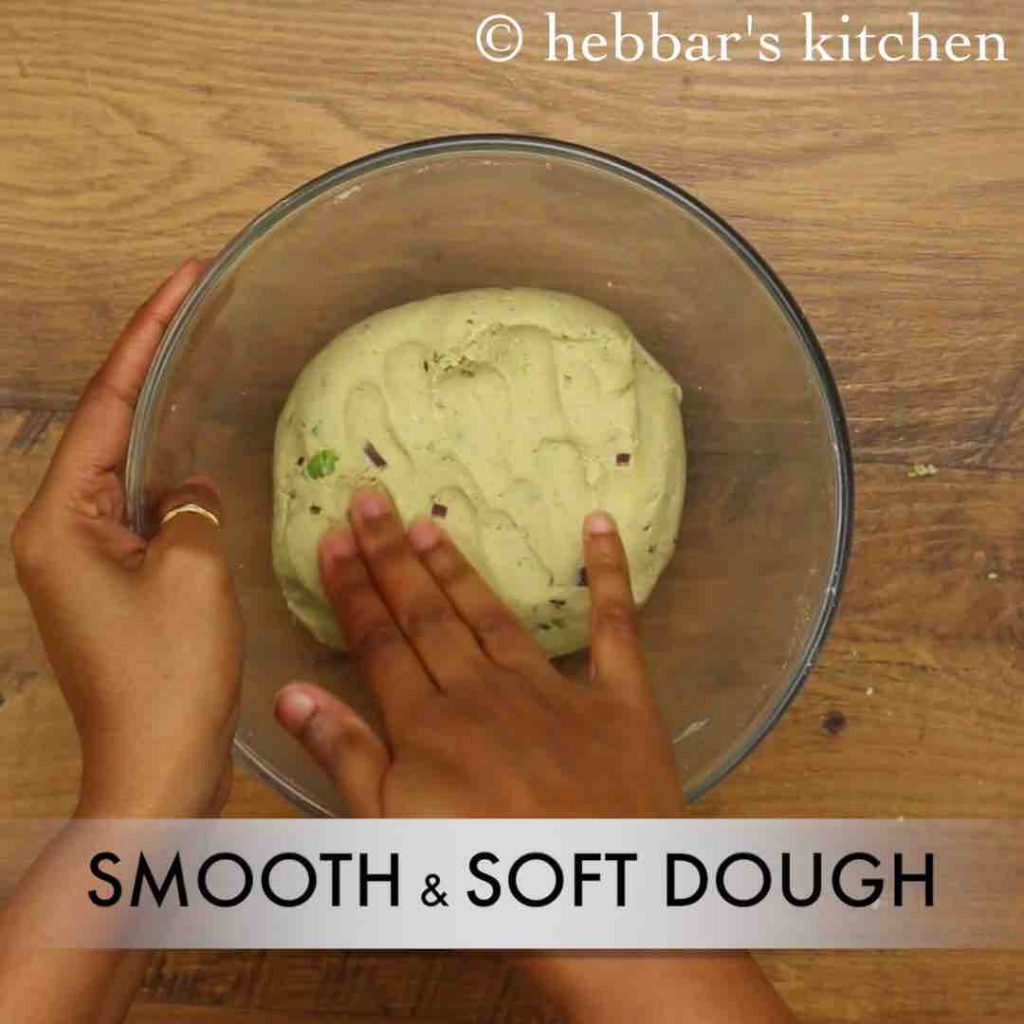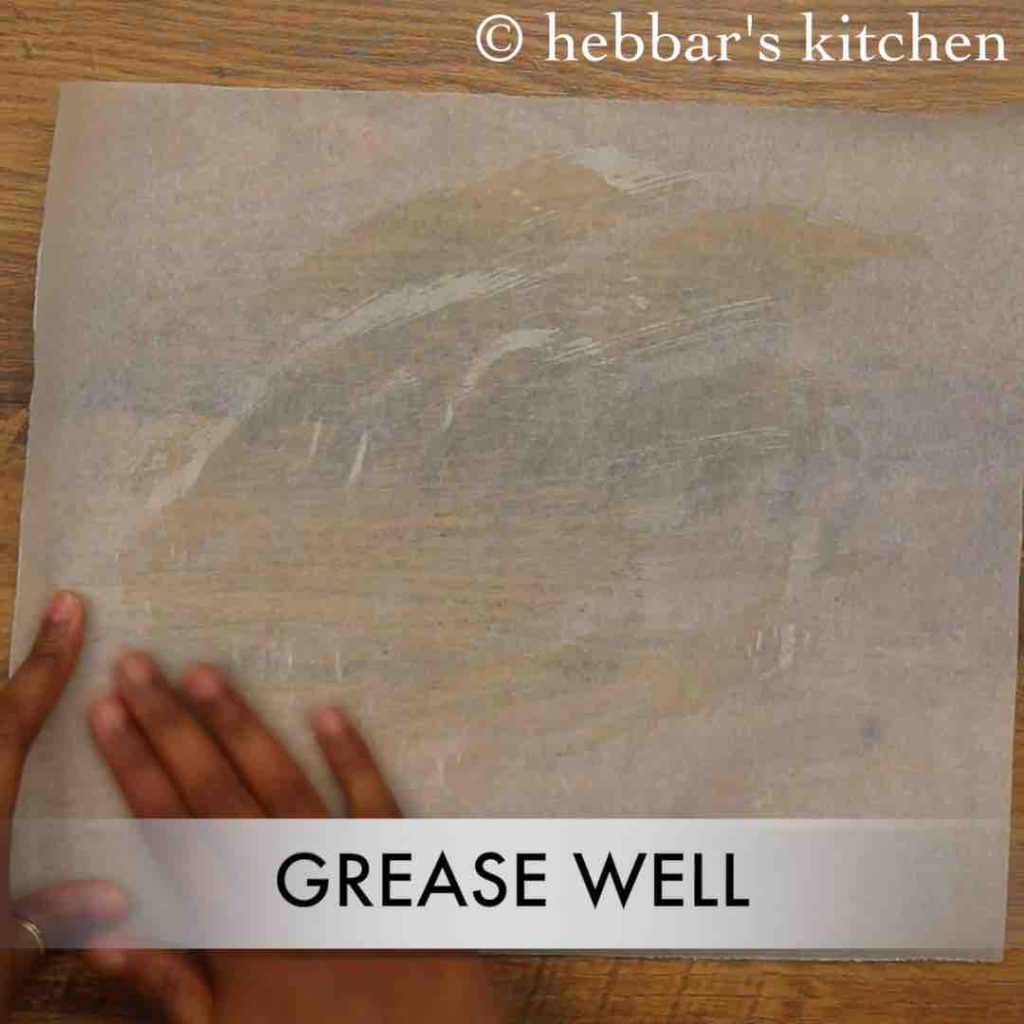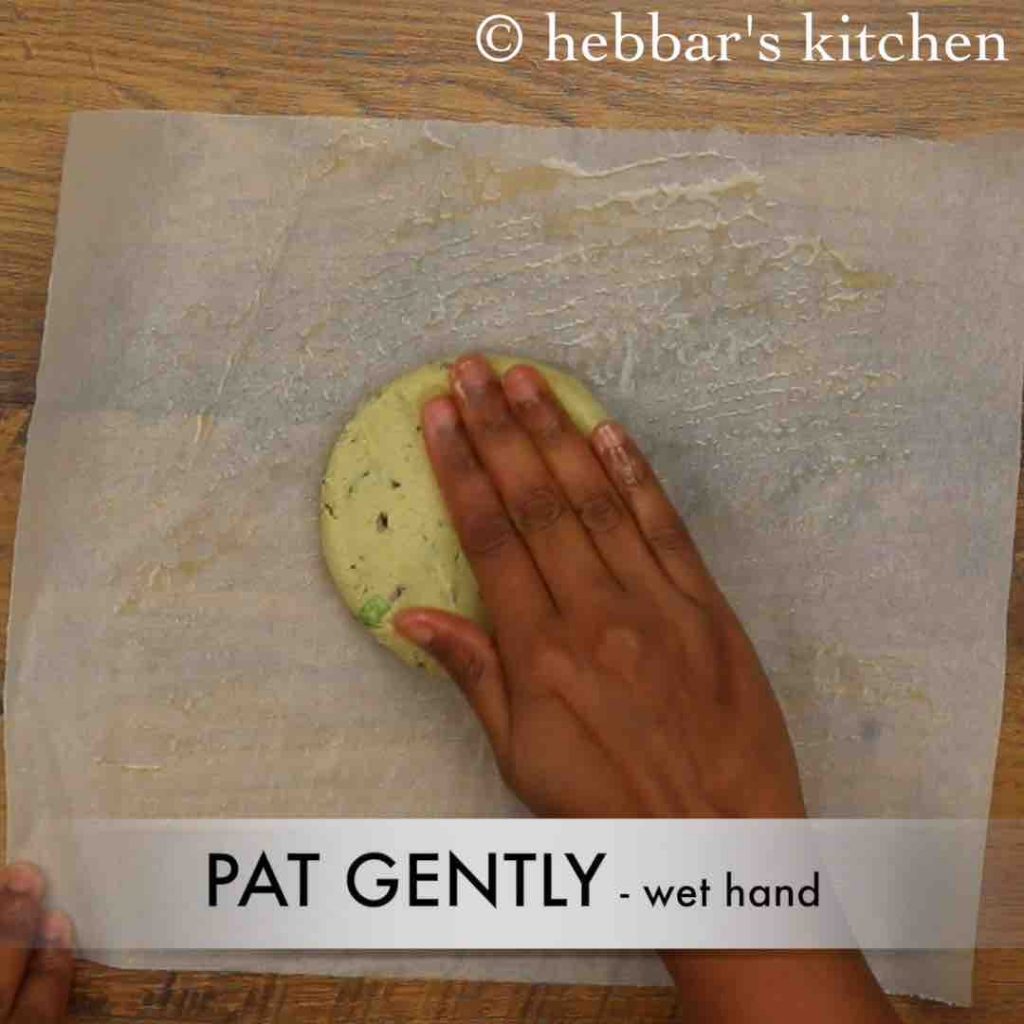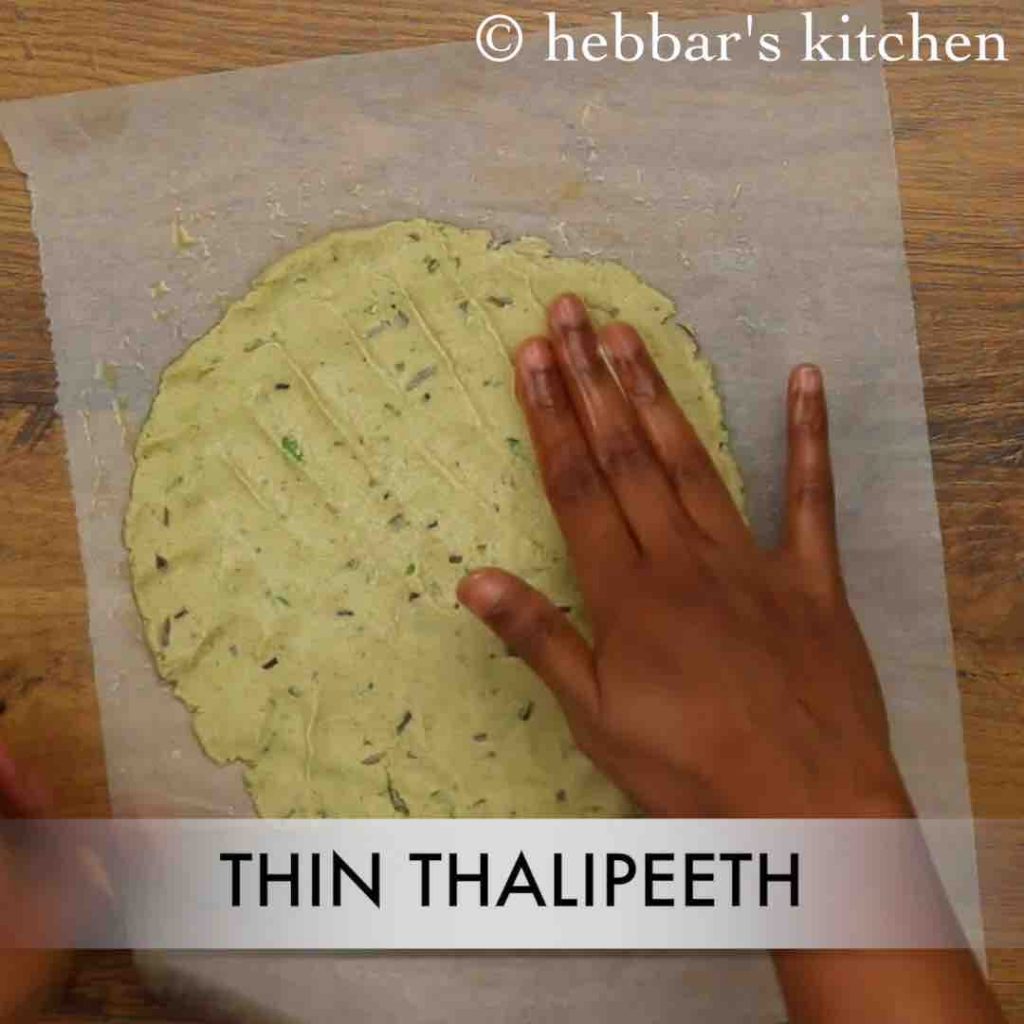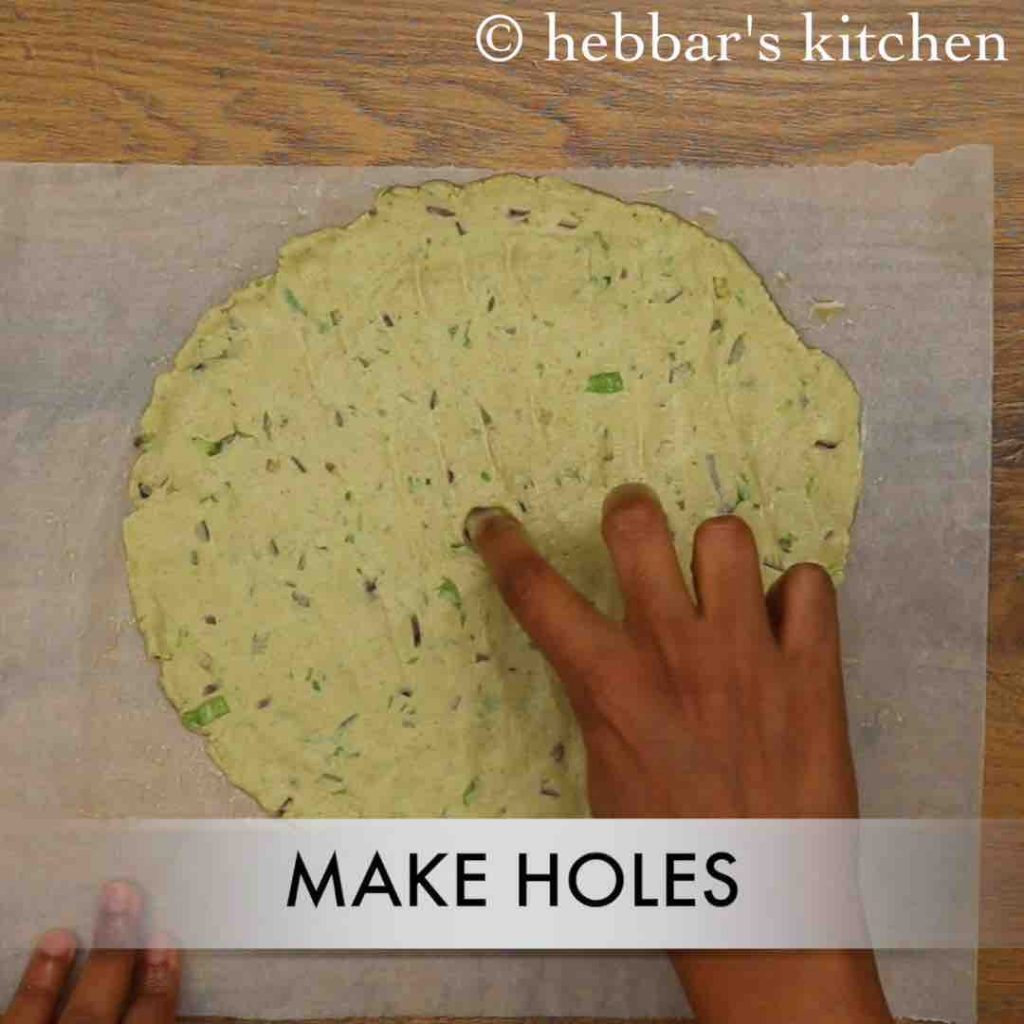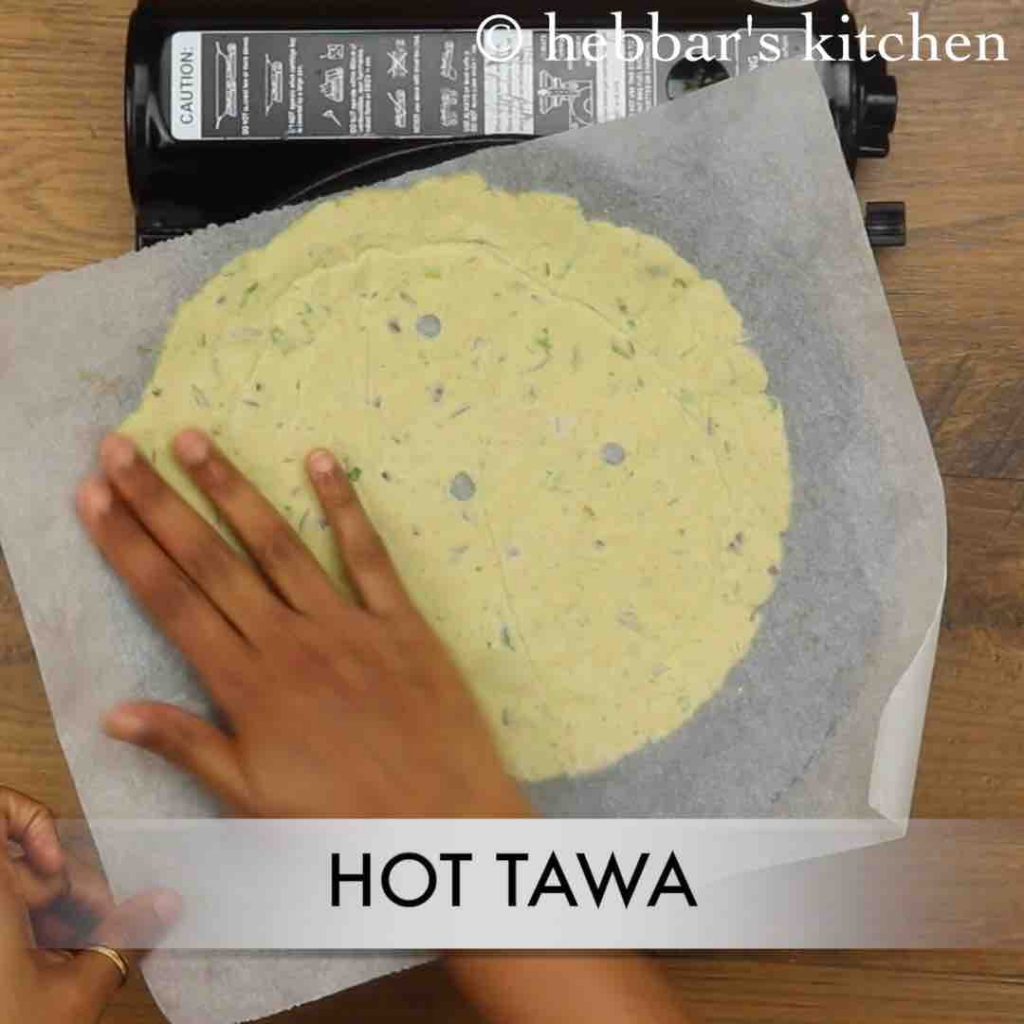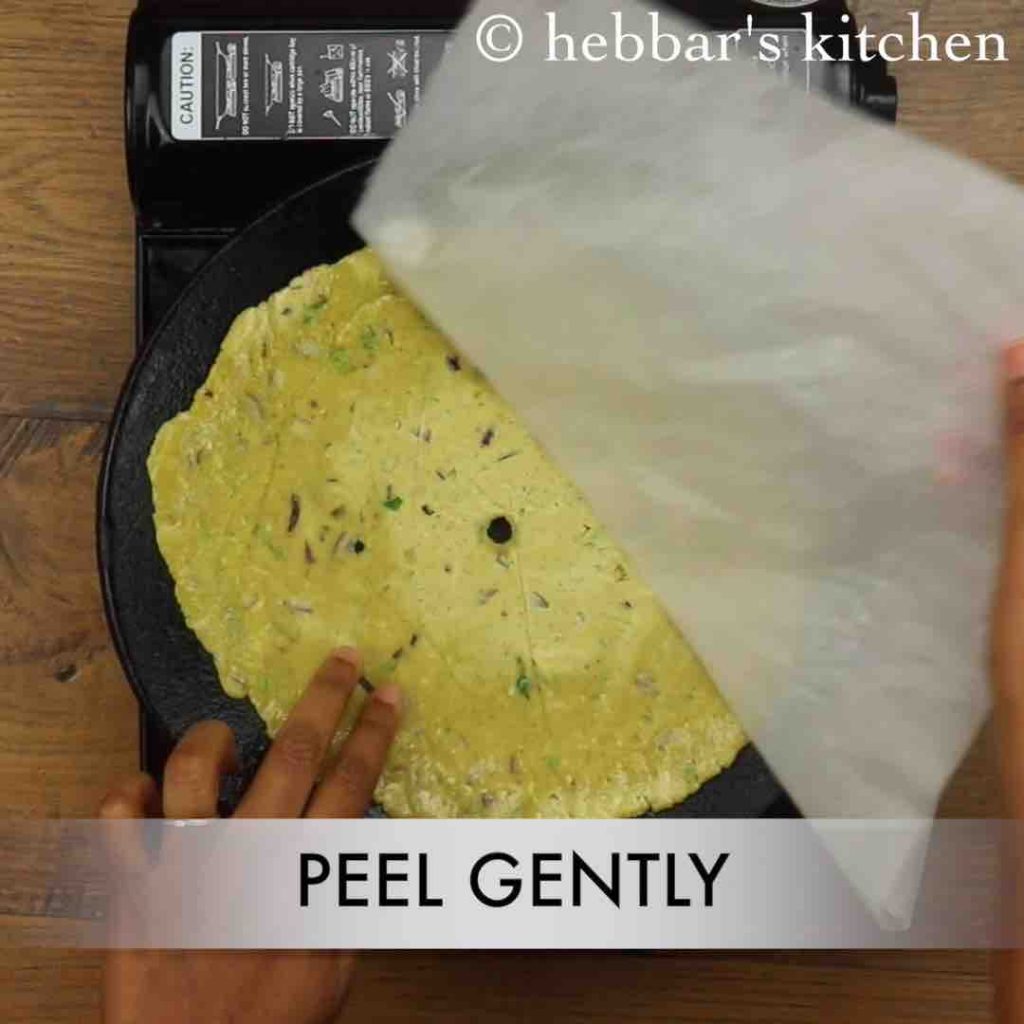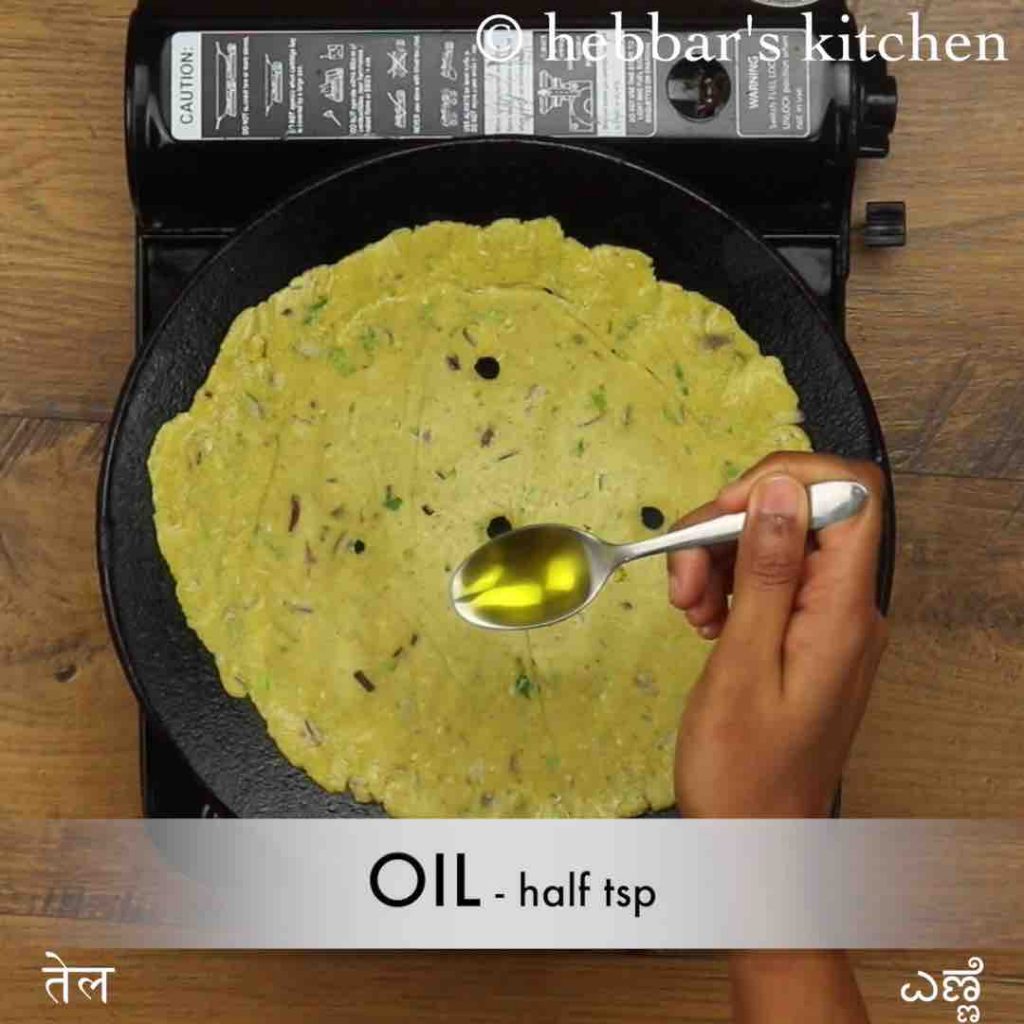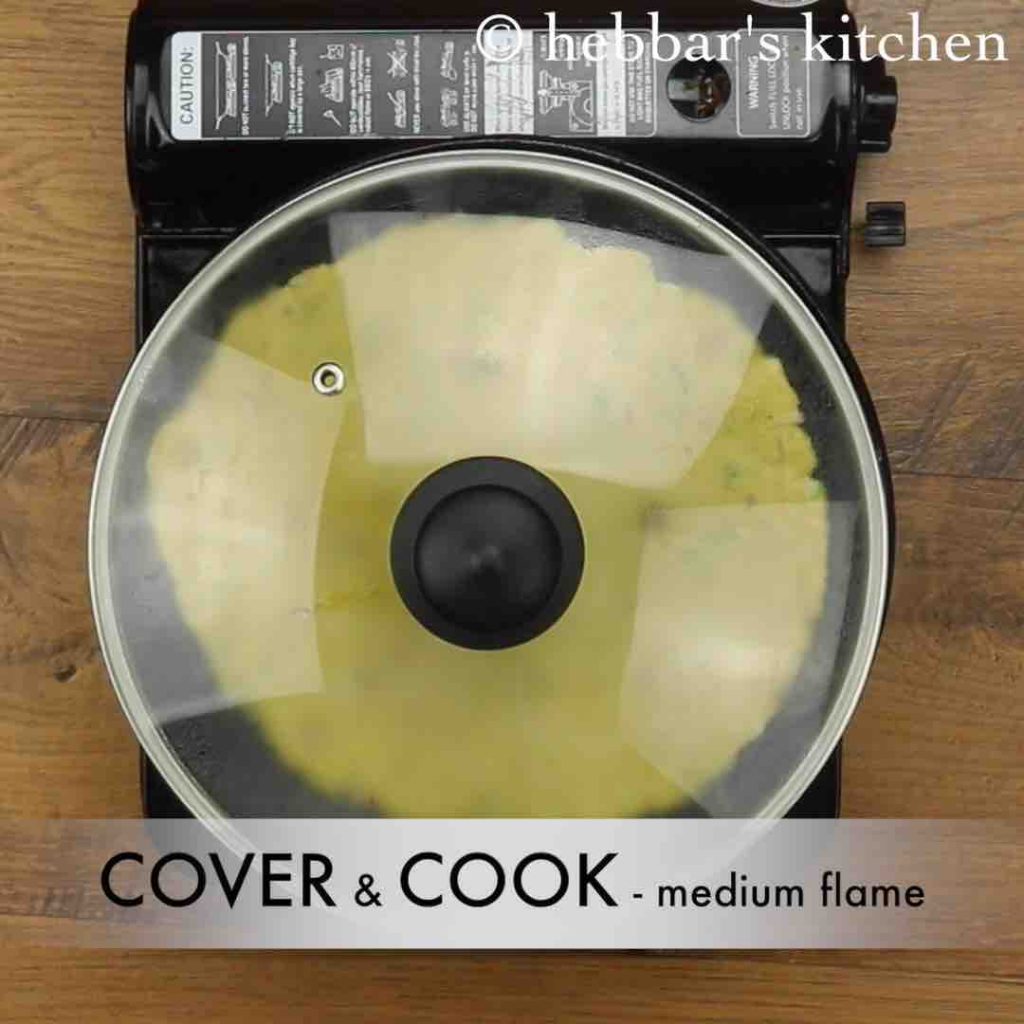Thalipeeth recipe | How to make Maharashtrian Thalipith with detailed photo and video recipe. Thalipith is a healthy and tasty multigrain flatbread mainly prepared in western India and the North Karnataka region. It is very popular in Marathi cuisine and is typically prepared with rice, wheat, Bajra, jowar, and besan flour. It is generally savoury in taste and can be served as is, but it tastes great with butter and yoghurt/curd.

I have already shared the other variants of this recipe, i.e. Jowar Roti and Jolada Roti, which are prepared similarly. However, this Thalipeeth recipe is very authentic and traditional, native to Maharashtrian or Marathi cuisine. Perhaps this recipe is the most requested, which was long overdue because of the ingredients. I could not obtain the key ingredient, i.e., fresh Bajra flour, in my location here. Unfortunately, it is either out of stock or almost expired, often with stale flour, whenever I plan to shop for it. Eventually, it got delayed, and I had to wait till it matched my shopping date. Luckily, I was able to obtain it during my recent trip to Sydney this Easter holiday.
While the Thalipeeth recipe is straightforward, some helpful tips, recommendations, and serving ideas are available. Firstly, I have added onions to this recipe, which cannot be used for Vrat or as a fasting recipe. However, it is not mandatory and can be easily skipped if you prefer not to. Secondly, Thalipeeth is generally served with plain yoghurt/curd, accompanied by either fresh butter or pickle as a side dish. Alternatively, you can serve these with sprouts masala, Bhaingan Bharta or stuffed eggplant curry. Lastly, prepare the flour mix or Bhajani flour well for future use. The proportions would be the same as used in the recipe.
Finally, I would like to highlight my other Roti or Chapati Recipes Collection with this post on the Thalipeeth recipe. It includes recipes such as Rumali Roti, Akki Roti, Tandoori Roti, Palak Paratha, Methi Thepla, Jowar Roti, Sabudana Thalipeeth, Butter Naan, Paneer Kulcha, and Masala Kulcha. In addition, do visit my other similar recipe collections, like
About Maharashtrian Thalipeeth
Thalipeeth isn’t just another Indian flatbread — it’s a reflection of Maharashtra’s rustic soul. Rooted in the daily lives of farmers and villagers, this multigrain flatbread was born out of simplicity and a desire for sustenance. In rural Maharashtra, particularly in regions such as Kolhapur, Satara, and Pune, Thalipeeth is a staple for those who work long hours in the fields. It’s prepared using a flour blend called “bhajani”, a mix of roasted grains like jowar (sorghum), bajra (pearl millet), rice, chana dal, and urad dal — making it a powerhouse of nutrition and energy.
What makes Thalipeeth special is its earthy and wholesome flavour, which comes not from exotic ingredients, but from humble pantry staples — spices, onions, coriander, sometimes grated vegetables, and curd. It’s traditionally patted by hand on a banana leaf or a wooden board and cooked over a hot tawa until crisp and golden. For farmers and labourers, Thalipeeth is more than food — it’s fuel. Unlike regular wheat rotis, it provides:
-
Slow-releasing energy for sustained work
-
High fibre and protein content
-
A naturally gluten-free and gut-friendly alternative
Topped with a dollop of homemade butter (loni) or served with dahi, thecha (spicy green chutney), or pickle, it becomes a deeply satisfying meal, both for the body and the soul. Even today, Thalipeeth carries the values of tradition, balance, and nourishment. It’s a tribute to India’s culinary wisdom, where food wasn’t just about taste — it was about health, heritage, and harmony with the land.
Video Recipe
Recipe Card for Thalipeeth
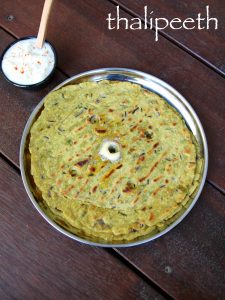
Thalipeeth Recipe | How to Make Maharashtrian Thalipith
Ingredients
- 1 cup jowar flour / sorghum flour
- ¼ cup besan / gram flour
- ¼ cup wheat flour / atta
- ¼ cup bajra / pearl millet flour
- ¼ cup rice flour
- 1 tsp ginger garlic paste
- 2 green chilli, finely chopped
- ¼ tsp turmeric / haldi
- ½ tsp coriander powder
- ½ tsp cumin powder / jeera powder
- ¼ tsp ajwain / carom seeds
- 2 tsp sesame seeds / til
- 2 tbsp coriander, finely chopped
- 1 onion, finely chopped
- ½ tsp salt
- 1 cup water, to knead
- oil for roasting
Instructions
- firstly, in a large mixing bowl take 1 cup jowar flour, ¼ cup besan, ¼ cup wheat flour, ¼ cup Bajra and ¼ cup rice flour.
- also add 1 tsp ginger garlic paste, 2 green chilli, ¼ tsp turmeric, ½ tsp coriander powder, ½ tsp cumin powder, ¼ tsp ajwain, 2 tsp sesame seeds, 2 tbsp coriander, 1 onion and ½ tsp salt.
- mix well making sure everything is combined well.
- now add ½-1 cup water or as required and knead a dough.
- now take a small ball of dough and start patting over oiled butter paper.
- gently drop the sheet upside down over the hot griddle.
- peel off the butter paper sheet slowly without breaking your Thalipeeth.
- Additionally, smear some oil over the Thalipeet.
- Cover and cook both sides on medium flame.
- Finally, serve the Thalipeeth with butter, pickle and curd.
How to Make Thalipeeth with Step-by-Step Photos
- Firstly, combine 1 cup of jowar flour, ¼ cup of besan, ¼ cup of wheat flour, ¼ cup of Bajra, and ¼ cup of rice flour in a large mixing bowl.
- Also add 1 tsp ginger-garlic paste, 2 green chillies, ¼ tsp turmeric, ½ tsp coriander powder, ½ tsp cumin powder, ¼ tsp ajwain, 2 tsp sesame seeds, 2 tbsp coriander, 1 onion, and ½ tsp salt.
- Mix well, making sure everything is combined well.
- Now add ½-1 cup water or as required and knead a dough.
- Add more water if required and knead to a smooth and soft dough.
- Grease the butter paper with oil. Alternatively, use a wet cloth more traditionally.
- Now, take a small ball of dough and start patting it over oiled butter paper, aluminium foil, or banana leaf. Alternatively, use a wet cloth for a more traditional method.
- Furthermore, pat as thinly as possible. Dip your hand in water to spread easily and avoid cracks.
- Make some holes between so that your Thalipeeth can absorb oil and cook fast.
- Gently drop the sheet upside down over the hot griddle.
- Peel off the butter paper sheet slowly without breaking your Thalipeeth.
- Additionally, smear some oil over the Thalipeeth.
- Cover and cook on medium flame.
- Flip over and cook both sides, pressing gently.
- Finally, serve the Thalipeeth with butter, pickle and curd.
Notes
- Firstly, adjust the proportion of flour to your choice.
- Also, to make it more nutritious, add finely chopped palak / grated carrot to the dough.
- Additionally, cover and cook the Thalipith for a more moist texture.
- Furthermore, wet cloth instead of butter paper is a traditional way to pat the Thalipith.
- Finally, the Thalipeeth recipe tastes great when prepared slightly spicy and served with butter.
